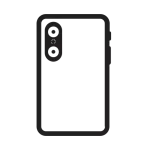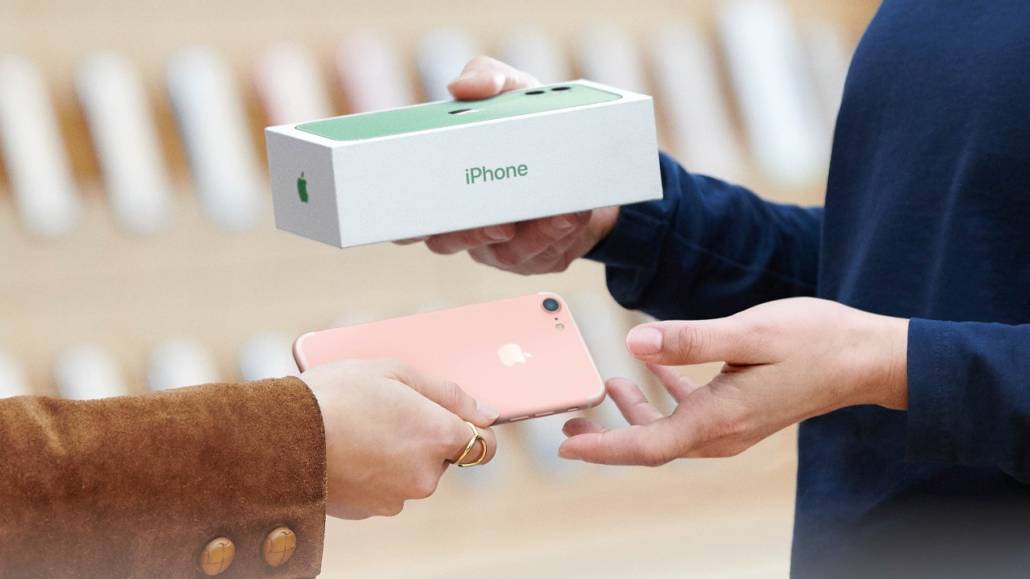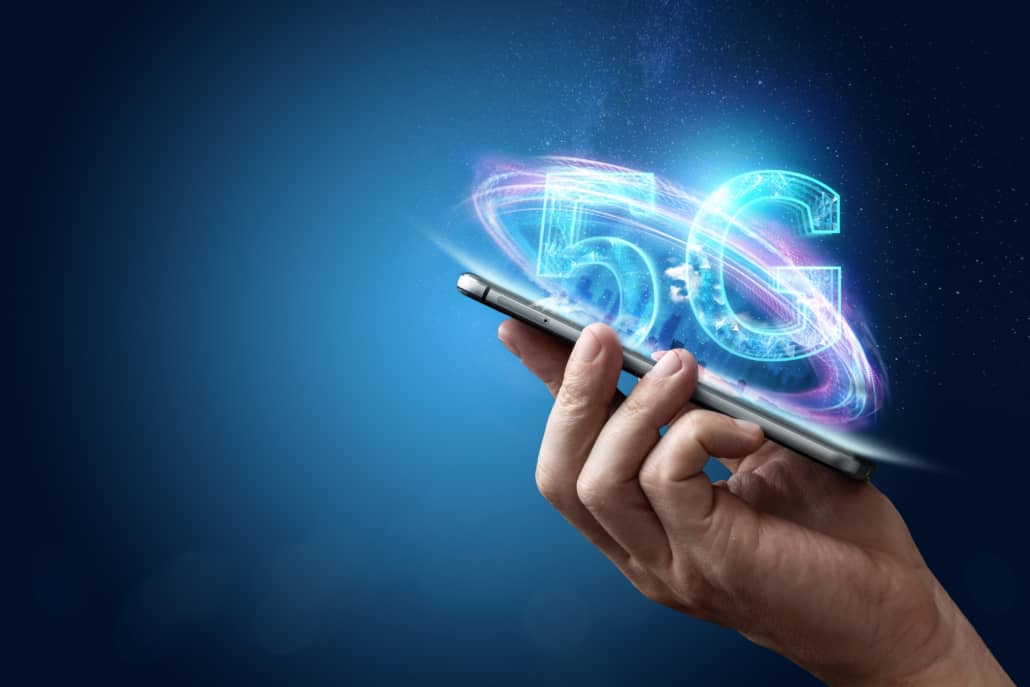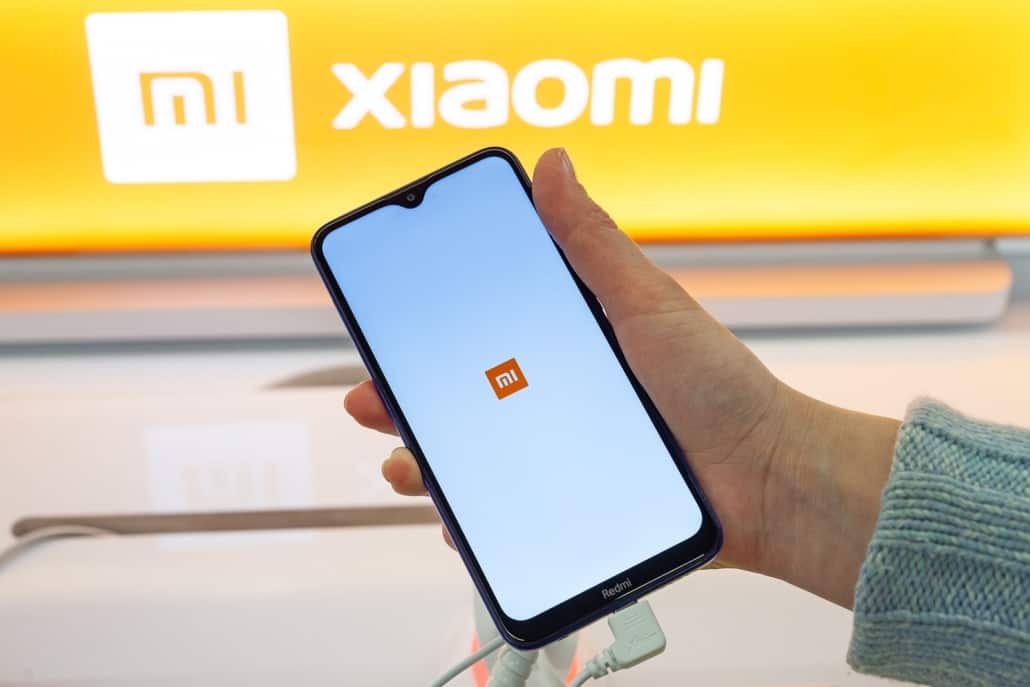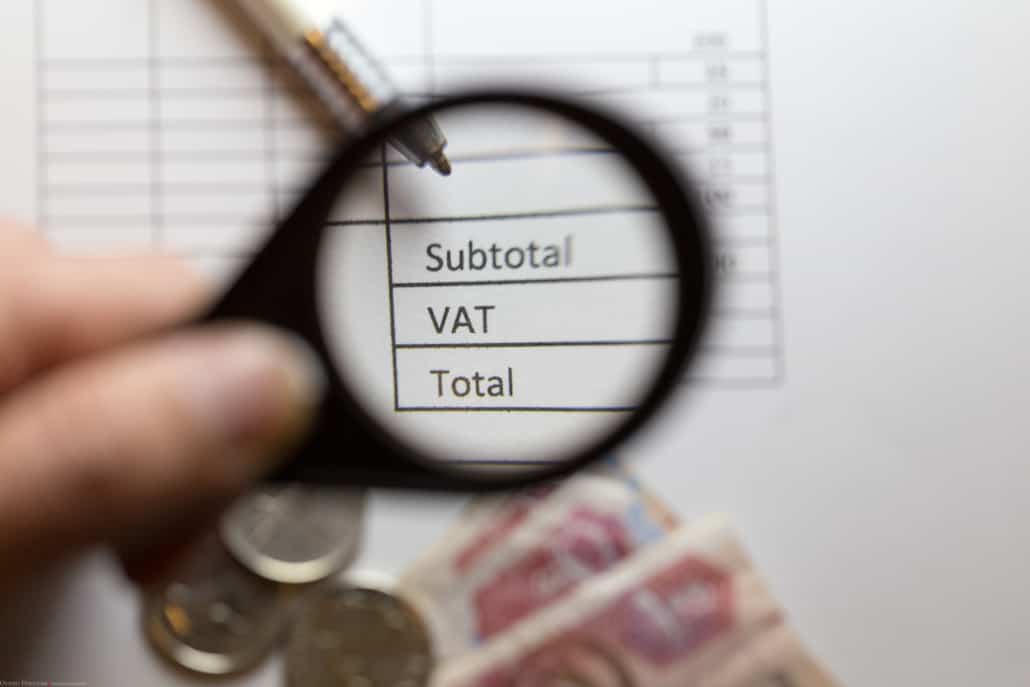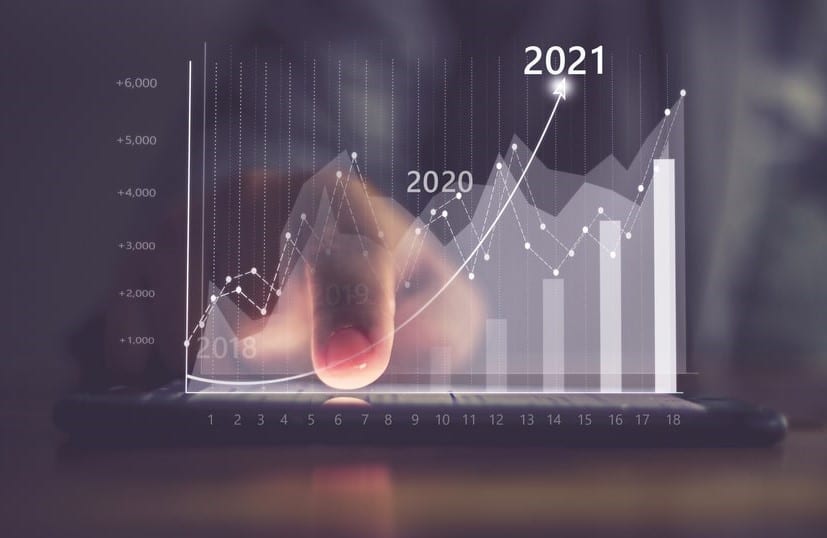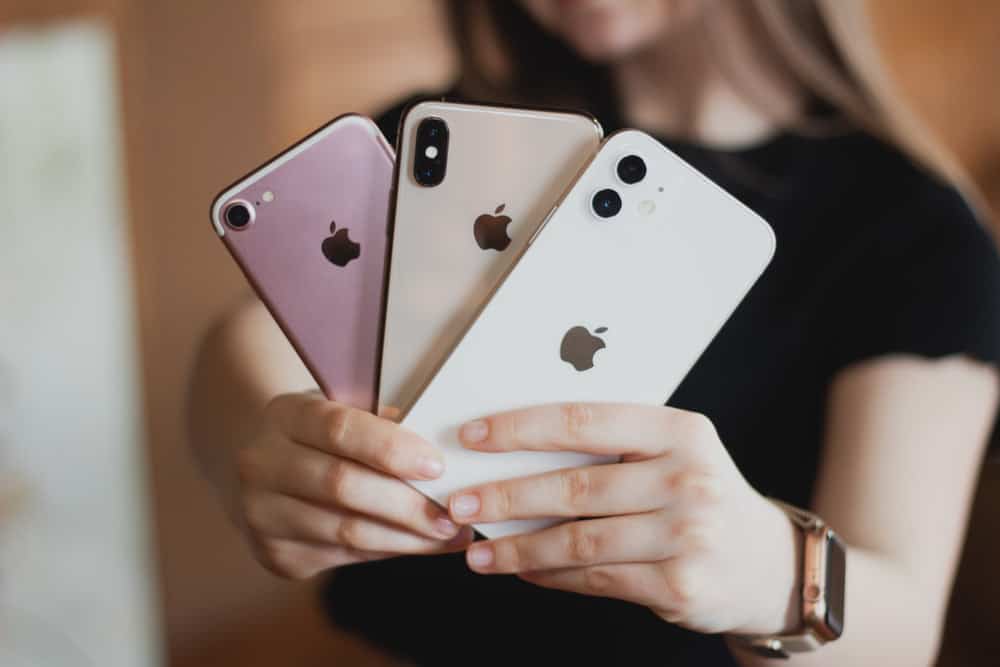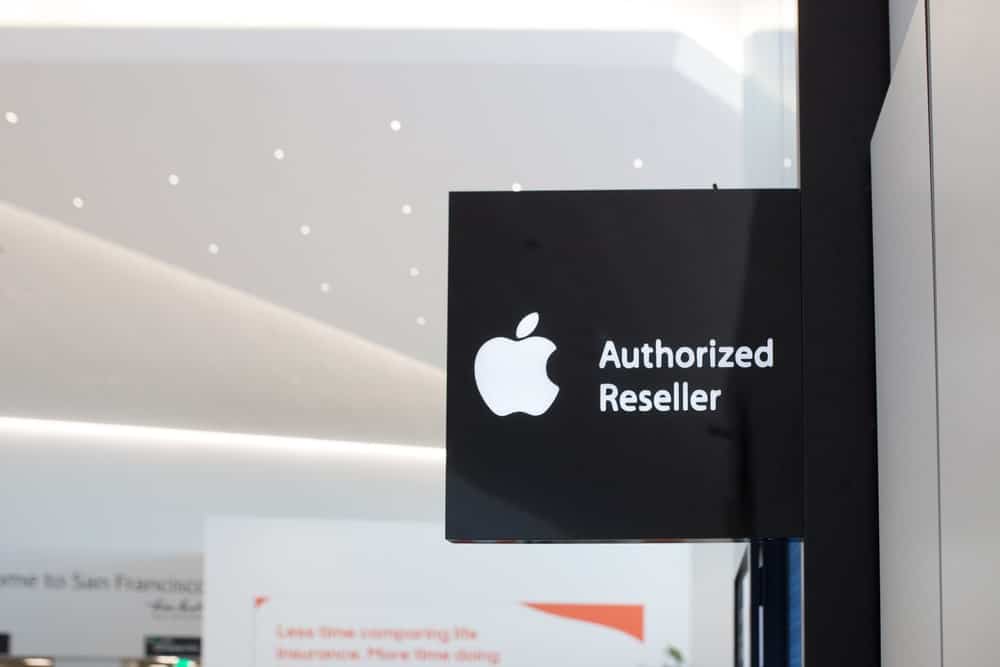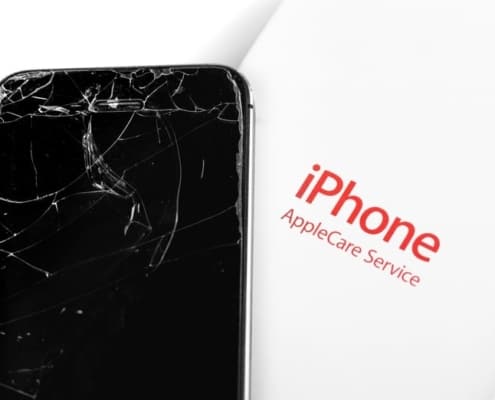What 2020’s Trade in Offers Mean for 2021’s Resale Inventory
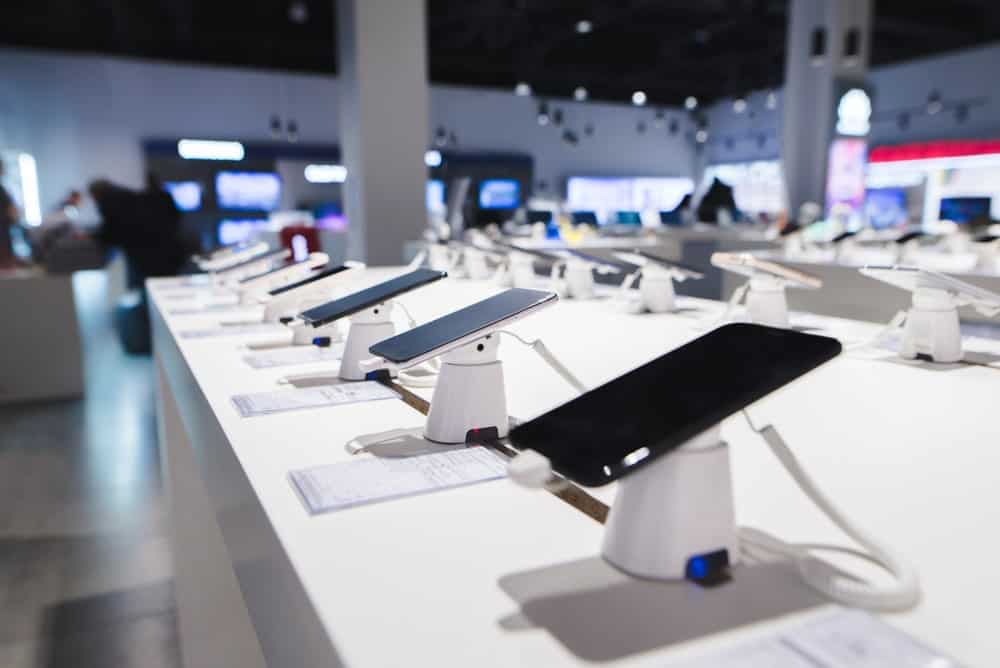
As expected, the country’s major mobile carriers and retailers unveiled their big holiday season trade-in offers at the end of 2020. Mobile brands and retailers traditionally wait until the final weeks of the year to roll out their most enticing offers. The more aggressive the carriers are with these trade-in promotions, the more inventory the second-hand mobile device industry can expect to see in the following months.
What are the big takeaways from 2020’s end-of-year trade-in season? Predictably, the iPhone 12 was the centerpiece for the biggest, shiniest offers. The big push revolved around getting customers to trade in their existing phones for the iPhone 12 with 5G. Promotions were markedly more aggressive than in prior years, resulting in a spike in 2021’s available inventory. Let’s take a look at how it all unfolded.
Where It All Began: Apple’s 2020 Offers
Apple’s direct trade-in offers provide an excellent place to start. These offers include deals offered to customers directly from Apple.com, the Apple Store app, and Apple Store locations with the launch of the iPhone 12. For the iPhone 12, Apple unveiled the options of $22.87/month or $549 with a trade-in device. For the iPhone 12 mini, the offers were $18.70/month or $449 with a trade-in device. Apple also established unprecedented collaborations with carriers and retailers to make trading in devices more straightforward. Let’s look at those carrier and retailer offers that flooded 2020’s final quarter.
What Carriers and Retailers Brought to the Table in 2020
Every major carrier and retailer with relationships with Apple came through with aggressive trade-in offers in 2020. We even saw some crossovers where retail chains layered their own discounts on top of carrier discounts. Here’s a rundown of the big deals that landed just in time for peak holiday buying:
- Verizon: Receive up to $412 off an iPhone 12 mini with trade-in.
- Best Buy Upgrade for Verizon: Get $150 to $600 toward an iPhone 12 with a trade-in of iPhone 7 or newer for existing Verizon customers.
- T-Mobile: Get $950 off the iPhone 12 Pro and iPhone 12 Pro Max with an eligible trade-in when you join T-Mobile and activate a new phone line.
- AT&T: Get up to $700 in bill credits toward the new iPhone 12 lineup with Apple smartphone trade-in when you add a new line or upgrade an existing line.
- Walmart AT&T Deal: Save up to $900 on iPhone 12 with $200 off from Walmart combined with $700 off from AT&T. To qualify, activate a new line/upgrade an existing line, sign up for the installment agreement, and trade in an eligible phone.
- Target: Receive up to $700 off select Apple devices with a trade-in to a new line or upgrade on an unlimited plan.
It’s also helpful to look at which phones carriers accepted, as these devices are the ones that eventually hit the secondhand market. Apple’s iPhone 11 had the highest trade-in value among past-generation devices across the board. Verizon was offering a trade-in value of $412 for the iPhone 11, iPhone Pro, and iPhone Pro Max. That top-tier trade-in value also applied to models like the iPhone 8, iPhone X, and iPhone SE. Devices like the LG G8X ThinQ, Motorola Moto Razr, OnePlus 7T Pro, 5G McLaren, and Samsung Galaxy Note10 all also earned that $412 trade-in value. Models that are a few years old had $100 trade-in values.
AT&T’s list of acceptable trade-in devices included iPhones in the 8, X, and 12 families. Outside of Apple, AT&T accepted Samsung Galaxy S9 and S9 phones, Google Pixel 4 phones, V60 ThinQ 5G phones, and 5G McLaren phones. Overall, the theme was that newer phones represented the golden ticket for getting a cheap iPhone 12 in 2021. Carriers also emphasized the ease of trading in existing 5G devices for the new Apple 5G phones. That means that the resale market may see an early entry of 5G devices this year even though the technology has yet to hit its peak.
Not Just Any Phone Will Do: What Carriers Demanded of Traded Devices in 2020
Carriers and retailers have some strict requirements when it comes to what they’ll accept for trade-in phones. While trade-in rules vary, carriers and retailers have fairly universal standards regarding what they’ll accept for “eligible” devices. Here’s a look at what most carriers and retailers consider to be eligible devices in good working condition:
- Must power on
- Must hold a charge
- Must not “power off” unexpectedly
- Must have a functioning display
- No black spots/pixelation on screen
- No breaks or cracks
- No water damage
- No corroded charging ports
- No corrosion at all
- No scratches or dents
- Unlocked
- Deactivated
- Cleared of personal data
- Visible FCC ID
- Some carriers will take phones with cracked screens for reduced value if it’s the only problem.
The bottom line is that only phones with key functions working are typically accepted. Carriers consistently inspect phones before issuing trade-in credits to customers. As a rule, no major carriers or retailers will accept non-functional phones or phones with significant visible damage. Additionally, many carriers list the specific models. They have approved for trade-in offers in the offer terms to avoid receiving much older phones;. Carriers will pass on phones that are older but in good, functioning condition. Carriers will also verify the following:
- Phones are not attached to active accounts.
- Phones are free of personal information.
- Phones are free of password protection.
While it appears that carriers are only accepting functional or mostly functional devices. It is important to note that they are not cosmetically grading devices. This is why it is still important to purchase from a supplier. That is vetting and grading these devices at a finer level. However, the information above does suggest that carriers are soliciting higher quality phones. Which will in turn impact the mix of devices in the secondhand market.
How COVID Shaped 2020’s Phone-Trading Season
In many cases, customers still had to show up in person to take advantage of many big trade-in deals for iPhone 12 and other phones. Walmart, Target, and Best Buy all require in-person trade-ins and activation. But some retailers that have previously been strict about in-person trades did loosen their policies to allow for more online trade-in options amid the pandemic.
The necessary rise of online shopping over in-person retail in 2020 created a big question regarding whether people would trade devices in significant numbers. While people have generally shifted to online buying with ease, the trade-in process for phones is more complicated than buying a sweater online. The shared downfall of the online trade-in options rolled out at the end of 2020 is that customers had to mail in their phones for in-person appraisals before being given a final trade-in dollar amount. This seems to be a pretty inconvenient process for customers without the perk of an immediate payoff. What’s more, customers risk receiving a different final appraisal figure than what they received online.
Despite these circumstances, it appears that the carrier trade-in offers were hugely successful. Preorders for the iPhone 12 reached double the presale orders for the iPhone 11 in 2019.
Overall Impact on the Resale Market
The 5G iPhone 12 helped to usher in a flurry of trade-in activity at the end of 2020 that may have been absent if this model didn’t have the buzz of 5G behind it. In 2021, we will see a small number of 5G devices from other brands that beat Apple to the punch showing up on the resale market as early adopters switch to the iPhone. The big trend to watch is the abundance of 4G devices expected to enter the resale market during the early part of 2021. Expect to see a robust supply of more recent iPhone models. At the same time, there is always a balance in the resale industry. Values of used iPhone models may dip as inventory bloats.
Let’s talk about where resellers stand in January 2021 as they try to plan inventory. Resellers need to be agile enough to keep their inventories stocked without sitting on devices that are rapidly declining in value. Avoiding bulk auctions or sellers with shipping minimums can help resellers prevent overstocking. Overall, the best option is to order the specific phones you need based on the real-time demand you’re seeing without dealing with long shipping times. Finding a reliable supplier is key.






